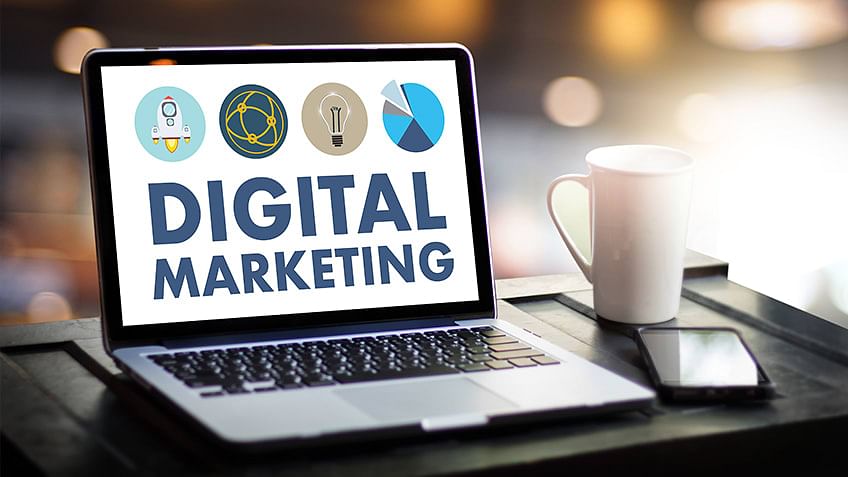The Shift from Traditional to Digital
There was a time when marketing meant billboards, newspaper ads, and TV commercials. While those still exist, the way businesses reach customers has changed dramatically. With the rise of the internet, smartphones, and social media, businesses had to evolve—and they did. This transformation led to the birth and rapid growth of digital marketing, which now dominates how brands connect with consumers.
What is Digital Marketing?
Digital marketing refers to all marketing efforts that use electronic devices or the internet. It includes platforms such as social media, websites, search engines, emails, and mobile apps to connect with current and potential customers. Unlike traditional marketing, it allows businesses to target specific audiences, track performance in real time, and build two-way communication.
For example, when a brand uses Instagram to promote a product or runs a Google ad that appears when you search for something—those are digital marketing techniques in action.
Key Components of Digital Marketing
To understand how digital marketing works, let's explore its main components:
1. Search Engine Optimisation (SEO)
SEO is about optimising websites so they appear higher in search engine results. The higher the ranking, the more visible your business becomes.
2. Social Media Marketing
Platforms like Facebook, Instagram, and TikTok allow brands to engage with their audience through creative posts, videos, and paid promotions.
3. Content Marketing
Creating valuable content—blogs, videos, infographics—that educates or entertains helps build trust with an audience.
4. Email Marketing
Sending personalized emails to users who’ve shown interest in your product or service is still one of the most effective digital marketing strategies.
5. Pay-Per-Click (PPC)
These are paid ads that appear on Google or social media. Advertisers pay only when users click on their ad.
6. Affiliate and Influencer Marketing
Collaborating with influencers or affiliates helps brands reach new audiences through trusted voices.
Why Digital Marketing Matters Today
Digital marketing is not just a business trend—it’s a necessity. Here’s why:
Targeted Reach: Businesses can target specific demographics, locations, and interests, ensuring their message reaches the right people.
Cost-Effective: Compared to traditional methods, online marketing is often more affordable and offers a better return on investment.
Real-Time Analytics: Brands can track how campaigns are performing, what’s working, and what needs improvement.
Brand Engagement: It opens up two-way communication, where customers can interact, give feedback, and become brand advocates.
Real-Life Example: How Local Businesses Are Thriving
Consider a local bakery. Ten years ago, its marketing might’ve been limited to word of mouth and a signboard. Today, the same bakery can showcase its cakes on Instagram, run Facebook ads targeting local food lovers, offer online ordering via its website, and build a loyal community through daily recipe reels. This is the power of digital marketing—it levels the playing field for big and small players alike.
Future Trends in Digital Marketing
The digital space keeps evolving. Here are some emerging trends:
Voice Search Optimization: With devices like Alexa and Siri, optimizing for spoken queries is becoming vital.
AI and Chatbots: These tools enhance user experience and provide instant customer service.
Video Content: Short-form videos, reels, and livestreams are gaining massive popularity.
Data Privacy and Transparency: As users become more aware of data usage, marketers must focus on ethical and transparent practices.
Conclusion: It’s Time to Get Digital
Whether you're a student, business owner, or aspiring marketer, understanding digital marketing is essential. It’s not just about selling products—it’s about building trust, telling stories, and creating value in a connected world.
Digital marketing allows brands to be where their customers are—online. And in this digital-first era, that presence isn’t optional—it’s essential.
